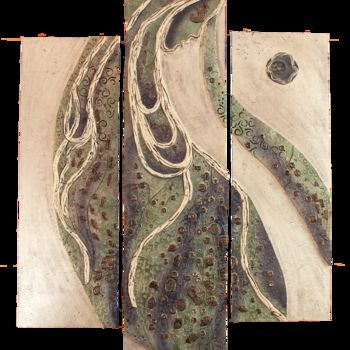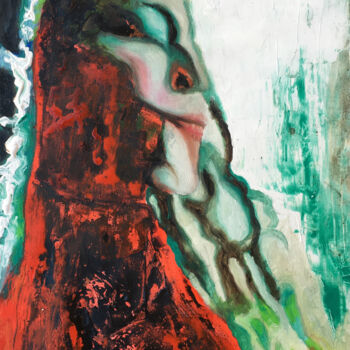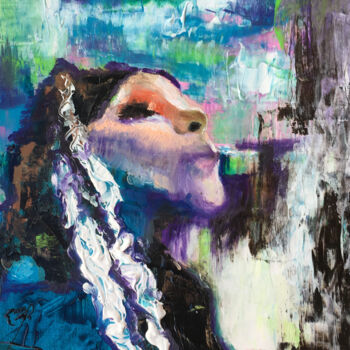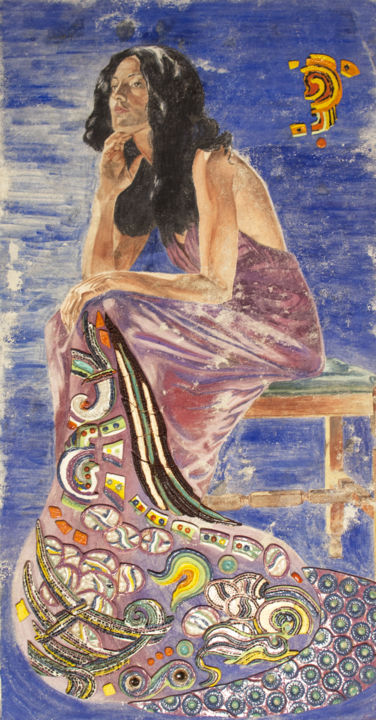

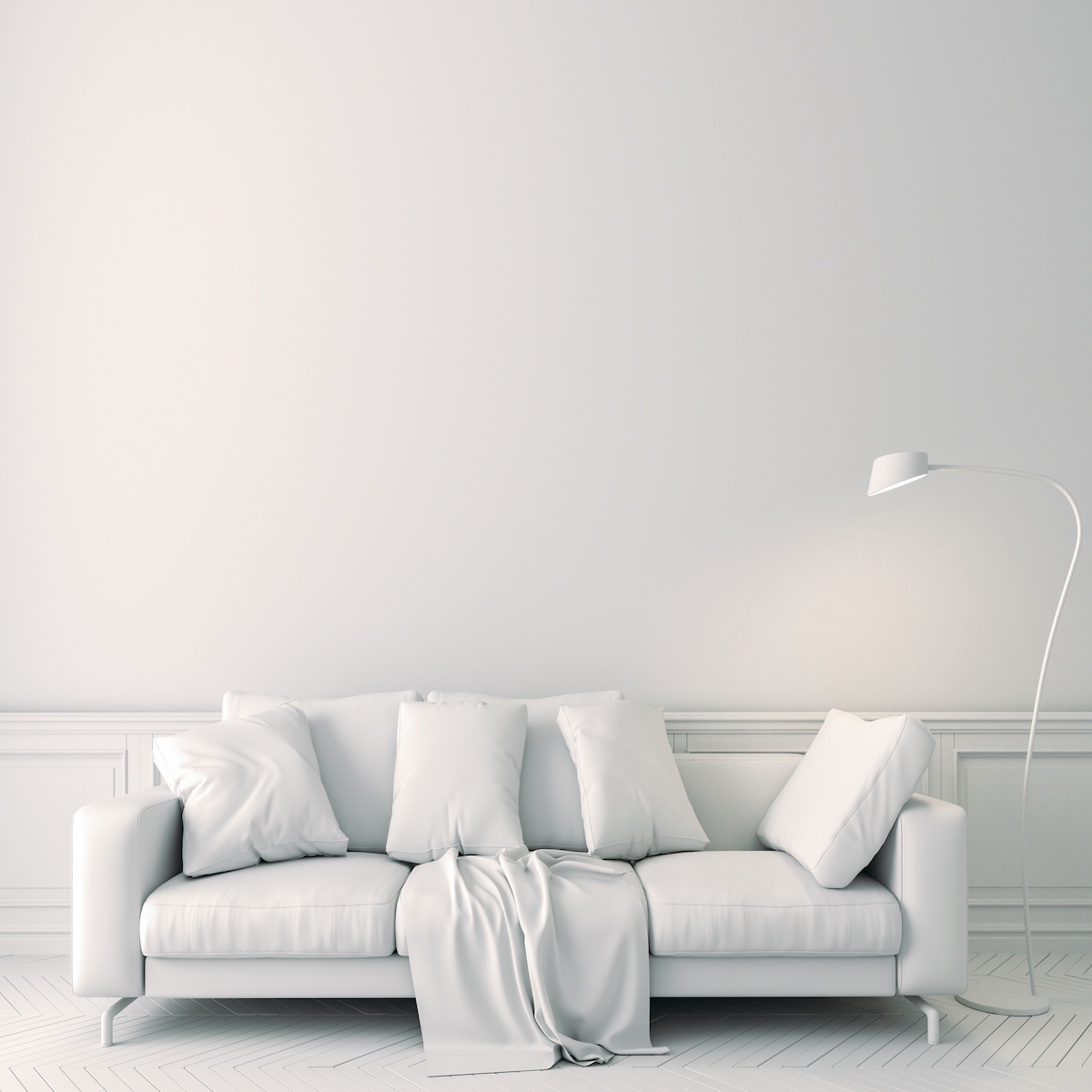
Fateci sapere se volete vedere altre foto di questa opera d'arte!
- Retro del lavoro / Lato del lavoro
- Dettagli / Firma / Superficie o struttura dell'opera d'arte
- Opera d'arte in situazione, Altro...
Angela (2010) Pittura da Sarita Nanni
Maggiori informazioni
- Confezione Tutte le opere sono spedite con cura protetta e assicurata, con un vettore premium.
- Controllo Controlla il tuo ordine fino alla consegna al compratore. Verrà fornito un numero di tracking per seguire la spedizione in tempo reale.
- Scadenza La maggior parte dei pacchi viene consegnata in tutto il mondo entro 1-3 settimane (Stima)
- Dogana non inclusa Il prezzo non include le tasse doganali. La maggior parte dei paesi non ha tasse di importazione per le opere d'arte originali, ma potresti dover pagare l'IVA ridotta. Le tasse doganali (se presenti) devono essere calcolate all'arrivo dall'ufficio doganale e saranno fatturate separatamente dal vettore.
Maggiori informazioni
- Certificato di autenticità online tracciabile I certificati di autenticità possono essere verificati online in qualsiasi momento scansionando il codice dell'opera d'arte.
- Certificato di quotazione d'artista Gli esperti studiano il lavoro e la carriera di un artista. In seguito stabiliscono un valore medio, in modo indipendente e affidabile, del prezzo. Il valore medio dei prezzi colloca l'artista in una fascia di prezzo per un determinato periodo. Gli esperti possono essere invitati a stabilire una stima più precisa per un'opera in particolare.
Maggiori informazioni
Pagamento sicuro al 100% con certificato SSL + 3D Secure.
Maggiori informazioni
Questa stampa è disponibile in diverse dimensioni.
Venduto da Sarita Nanni
Quest'immagine è disponibile per lo scaricamento con una licenza.
Venduto da Sarita Nanni
-
Opera d'arte originale (One Of A Kind)
Pittura,
pigmenti
su Legno
- Dimensioni Altezza 51in, Larghezza 27in
- Incorniciatura Questa opera d'arte non è incorniciata
- Categorie Quadri sotto i 20.000 USD Figurativo
This is a fresco painting made with the technique of the old masters.
The buon fresco technique consists of painting with pigment ground in water on a thin layer of wet, fresh, lime mortar or plaster, for which the Italian word is , intonaco. Because of the chemical makeup of the plaster, a binder is not required.
After a number of hours the plaster reacts with the air in a process called carbonatation. This chemical reaction fixes the pigment particles at the plaster's surface in a protective crystalline mesh known as the lime crust.
The advantage of Buon fresco is its durability. In fresco-secco, by contrast, the color does not become part of the wall and tends to flake off over time. The chief disadvantage of Buon fresco is that it must be done quickly without mistakes.
The painter plasters and paints only as much as can be completed in a day, which explains the Italian term for each of these sections, giornata, or a day's work. The size of a giornata varies according to the complexity of the painting within it. A face, for instance, might take an entire day, whereas large areas of sky can be painted quite rapidly.
Temi correlati
PortraitFresco On WoodAffresco PaintingPortrait ArtPortrait Painting
I was born in Rimini (Italy). As far as I can remember I always painted.For most of my life Rimini has been my home and is where I first established myself as a professional artist. Some people discover their artistic inclinations later in life, but I was in tune with this part of myself from a very early age. Throughout school I was always involved in whatever art classes were available. My work was always on display, and I was continually receiving awards throughout primary school. In order to fine tune my talent I pursued my Bachelor in Fine Art in the "Istituto d'arte Scuola del Libro" in Urbino (PU) Italy, the birth place of Raffaello Sanzio. I attended courses of illustrations for childrens books in Venice under the direction of Emanuele Luzzati and in Sarmede (TV) with Arcadio Lobato. In year 2000 I discovered the passion for the wall and I went to Florence to attend a course of buon fresco at the "Laboratorio per affresco di Leonetto Tintori". Life took me to London (UK) where I lived for almost ten years and where I collaborated with a Welsh company making ceramic swimming pools and murals completely hand-made for the Emirates market. I often collaborate with my sister Catia realizing objects d'art, both in ceramic and wood. We have our atelier in Rimini "Pezzo Unico art and design"
-
Nazionalità:
ITALIA

- Data di nascita : 1974
- Domini artistici:
- Gruppi: Artisti Italiani Contemporanei




